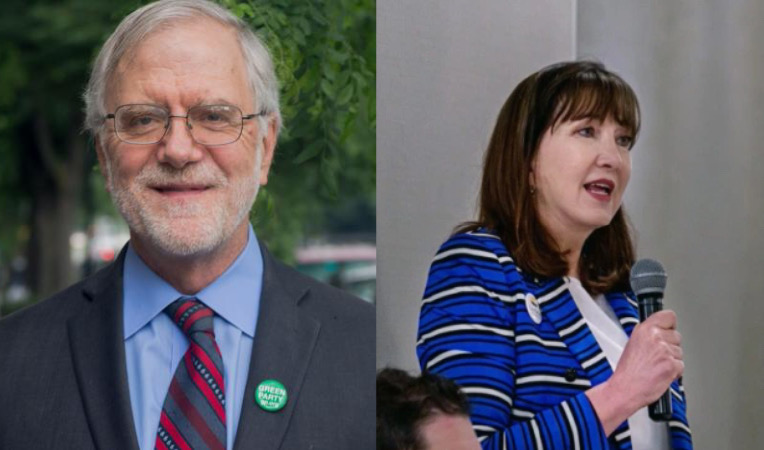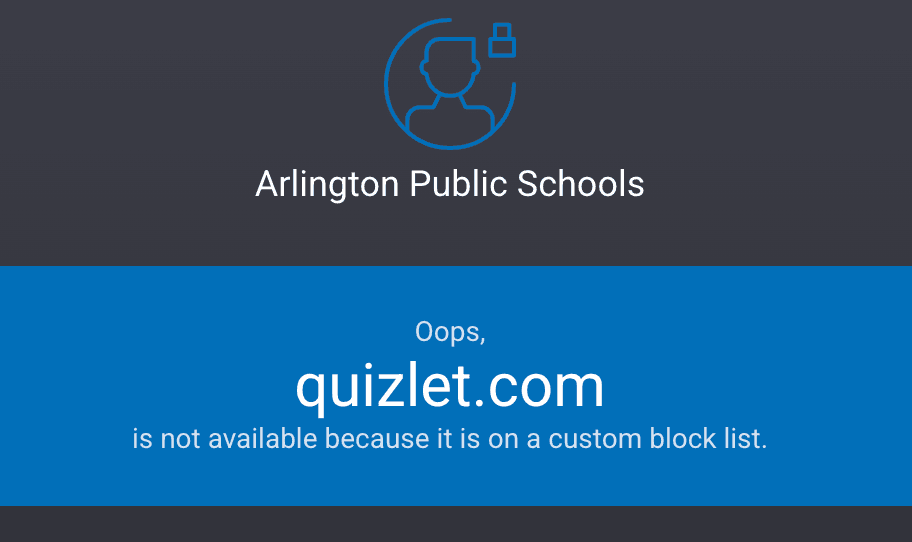In 2016, third-party candidates in the presidential election received 5.8 million votes, more than in any election in the 29 years prior. In 2020, that number was cut in half to only 2.6 million votes. Despite surprise from third-party voters, this drop is easily accounted for, and even though there was a drop in this year’s presidential election, overall support for third-party candidates is growing.
Political analysts predicted the sudden drop that many third-party voters were perplexed by. In incumbent years, third-party votes tend to drop significantly. Analysts commonly attribute this to the lack of policy choices shown in action by non-incumbent politicians, a trend which was shown in Bill Clinton’s 1996 re-election, as well as George W. Bush’s in 2004 and Barack Obama’s in 2012.
2020 Libertarian Presidential Candidate Dr. Jo Jorgensen drew a connection from these drops in support during those elections to this one. She claimed that Republican President Donald Trump’s controversial policies drove many third-party voters to the Democratic party nominee, Joe Biden. Rather than showing support for their preferred third-party candidate, they voted strategically to ensure Trump’s loss. This is because they believed a show of support for third-party candidates who are unlikely to win could “spoil” the election, or shift the results in favor of another candidate. Jorgensen believes any voters who chose a third-party candidate would likely not vote for any candidate had a third-party not been an option.
“Trump did not do [what he promised]. Instead, he grew the [budget] deficit at a faster rate than Obama did.… A lot of Republicans and independent [voters] were left scratching their heads thinking, ‘well if you’re gonna spend more money than Obama, then why did we vote for you in the first place?’ And so had he done what he said he was going to do, had he been the outsider he portrayed himself to be, he would have won in a landslide,” Jorgensen said.
Many third-party candidates have advocated for the implementation of alternative voting systems such as preferential voting or proportional representation. They believe it will allow for breathing room for those who feel third parties represent their views, but that a vote for a third-party would be worthless. Preferential voting, which is more commonly known as ranked choice voting, is a system of voting in which voters rank various candidates from their favorite to their least favorite. The candidate with the least votes is eliminated, and the votes that went to the candidate are transferred to the voter’s second choice. This repeats until only one candidate is left.
Advocates for the system believe that it would increase third-party votes significantly. Green Party presidential candidate Howie Hawkins even went so far as to claim that Green Party candidate Ralph Nader would have won the 2000 election, a contentious election which Democrats accused Nader of spoiling.
“Ralph Nader in 2000 was a household name with more accomplishments … than probably the whole Congress in that time. Yet, he only got 2.7% of the vote.… But a Harvard political scientist found that using the [preferential voting system] and exit polls, … Nader was the most preferred candidate in 2000, and he only got 2.7% of the vote,” Hawkins said.
Both candidates attributed the current system of voting as the reason that the US is commonly mistaken for having a two-party system, due to a so-called ‘duopoly’ of the major parties by the Democrats and Republicans. However, the US has dozens of smaller third parties, though many are not on the ballot. In most states, however, candidates from two third parties are on said ballots: the Libertarian Party and the Green Party, with 50 states and 30 states respectively.
The Libertarian Party received 1.2 million votes in the 2020 election, more than half of the third-party votes, and with the election of Justin Amash, was the only third party to have held a seat in the national legislature since 1985. However, neither the Libertarian nor the Green Party are considered ‘minor parties’ by the Federal Election Commission (FEC). This is due to a five percent threshold that must be passed in a presidential election. The last party to do this was the Reform Party in 1996, when candidate Ross Perot received more than 8 million votes.
“[The Libertarian Party has] to work to get on the ballot in many states … if we can get to five percent, in the following election, we don’t have to spend tens of thousands of dollars on signatures and lawsuits … [the government] just needs to relax these requirements…. But now the ballot access laws are even worse because [the parties] are thinking ‘we’re here to stay, we’re gaining ground,’” Jorgensen said
Another barrier that third parties face is media representation. Third parties claim that their candidates and their policies are rarely talked about by major news outlets. Complaints similar to this were made by unorthodox candidates in the 2020 Democratic primary election such as Marienne Williamson and Andrew Yang.
“Our platform was a lot more popular than Biden’s and Trump’s were, but two things were against us. First, we weren’t covered, and then … people thought ‘well I’m not going to waste my vote,’” Hawkins said
Jorgensen has made similar claims, stating that while the media can cover whatever it wants to, it is almost undemocratic not to cover all candidates. Many media outlets argue, though, that it is not what viewers are looking for in their coverage, and time is limited.
“It goes something like this: The candidates’ poll numbers … could improve if they are able to garner more media coverage, but their low poll numbers are partly informing the decisions on how much media attention to give them. The numbers need to budge soon,” NPR public editor Elizabeth Jensen wrote in a 2016 opinion piece.
Despite this, the candidates were optimistic about their results. Hawkins believes that alternative voting systems will be put in place by the election of 2028, while Jorgensen hopes the same. Jorgensen also believes there is a chance that voters could see the Libertarian Party on the debate stage, and both third parties on all 50 ballots.







































